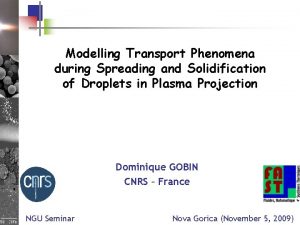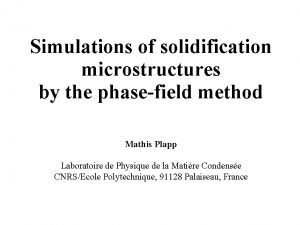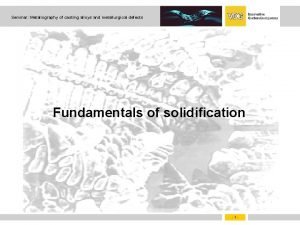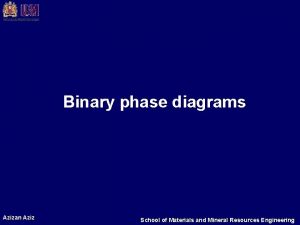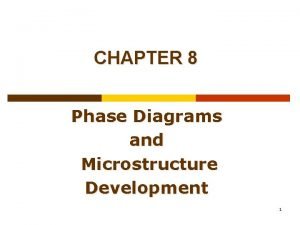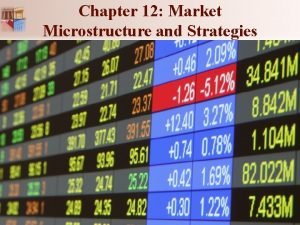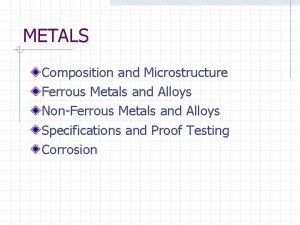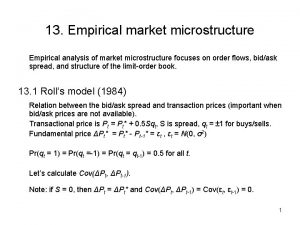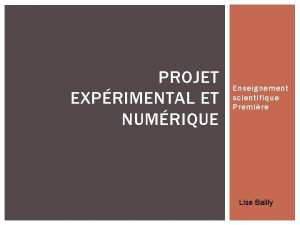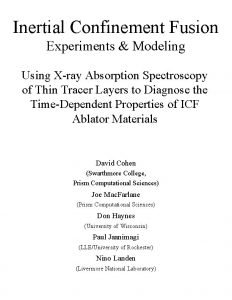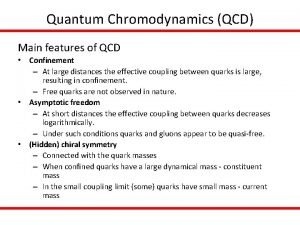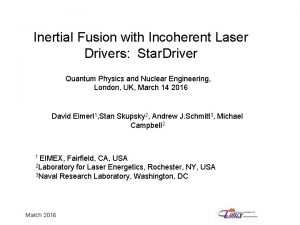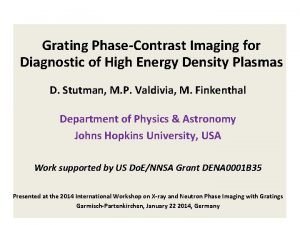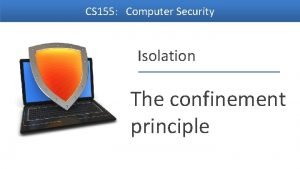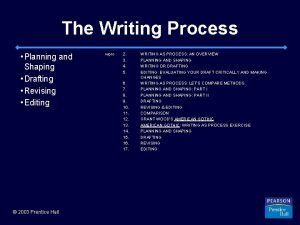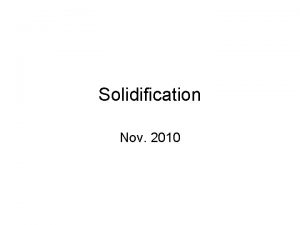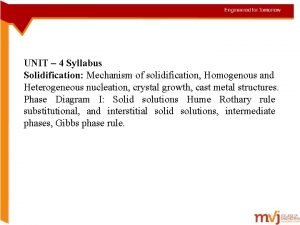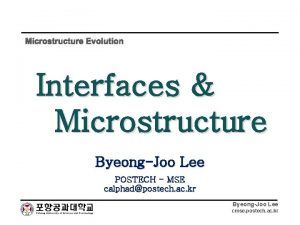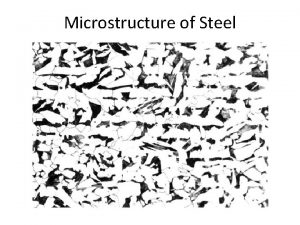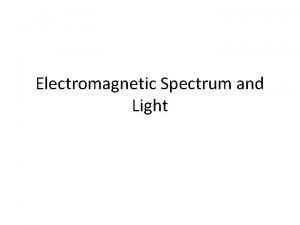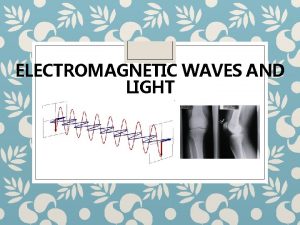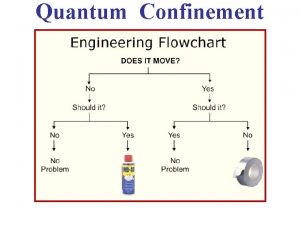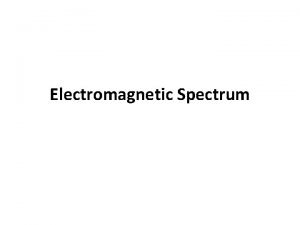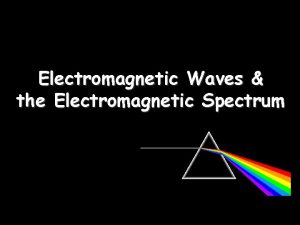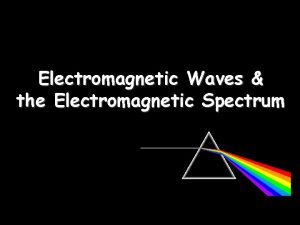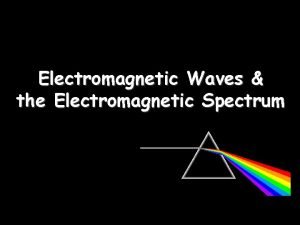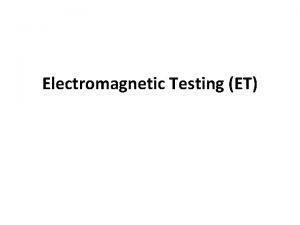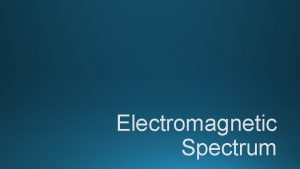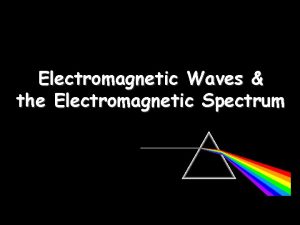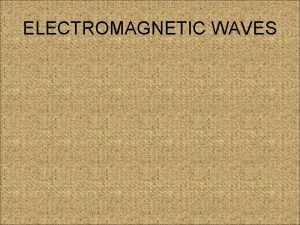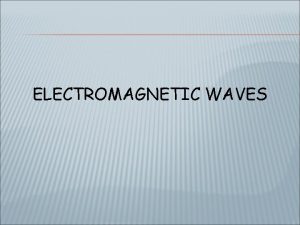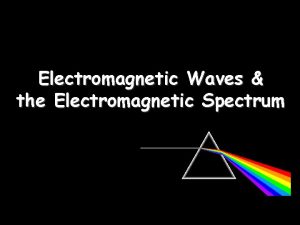Shaping Characteristics and Solidification Microstructure under Electromagnetic Confinement























- Slides: 23

Shaping Characteristics and Solidification Microstructure under Electromagnetic Confinement for Nickel-Based Superalloys Lin Liu State Key Laboratory of Solidification Processing Northwestern Polytechnical University Xi’an 710072, PR China, E-mail: linliu@nwpu. edu. cn

1. Background

Turbine blades in Aero-engine CC DS SC 3

Manufacture process of engine blades Ceramic mold Molten metal CC DS SC 4

Liquid metal cooling directional solidification process Disadvantage of physical molds: • Reacting with the melt and polluting it; • Separating the samples from cooling medium, resulting in lower cooling rate during solidification 5

EMC Electromagnetic pressure Confinement and Directional Solidification (EMCDS) Solidification structure control DS 6

Electromagnetic Confinement and Directional Solidification Process (EMCDS) 9 10 Ø Characteristics : § Contact less and no contamination § High temperature gradient and high cooling rate 10 11 1 2 23 3 4 4 5 56 67 78 89 1 -solid alloy, 2 -heating inductor, 3 - shaped melt, 4 -shaping inductor, 5 solidfied sample, 6 screen, 7 -coolant, 8 cooler, 9 -drawing bar, 10 -thermal coupler,11 - 7

2. Theoretical Models and Simulation

Electromagnetic Pressure under Dualfrequencies Pm=Pm 1+Pm 2+Pm 12+Pm 21 If frequencies difference is an integer, the last two items can be neglected: 9

Electromagnetic pressure under difference parameters Magnetic induction intensity Frequency Melt height Electromagnetic parameters of materials 10

Electromagnetic Pressure variations at the corner r=20 mm r=4 mm r=10 mm r=3 mm r=5 mm r=2 mm

Electromagnetic Pressure Distribution of rectangle crosssections under different width-thickness ratios (r=5 mm) ( 1: 1 2: 1 3: 1 4: 1

Design of Inductor sample a=b=c=6. 5 mm a=9 mm, b=7 mm, c=6. 5 mm a=10 mm, b=8 mm, c=6. 5 mm 13

3 -D temperature and electronmagnetic force field 14

Flatness (d) of S/L interface varies with the liquid column height (H) z L S/L H d S 15

3. Experimental

EMCDS equipment 17

Samples of EMCDS (Aluminum alloys, Stainless steels, Superalloys) 18

Macrostructure of a superalloy with electron-magnetic confinement With convection Less convection 19

300μm Dendritic morphology and spacing V=120μm·s-1 300μm

The application of EMCDS • Active metal and alloys – Intermetallic compounds: Ti. Al – Magnetic alloys: Nd. Fe. B, Sm. Co • High melting point alloys – Ni. Al (1640℃) – Nb 5 Si 3 (2000℃) 21

4. Conclusions • • • A new kind of material forming technique was introduced, that is electromagnetic confinement and directional solidification (EMCDS). The theoretical models of EMCDS process are put forward. Enough electromagnetic pressure exerted to samples and proper values of the ratio of heat to force are required for shaping the given materials and predetermined cross sections in dual-frequency magnetic field. The samples of various alloys, such as superalloys and aluminum alloys were obtained with containerless electromagnetic shaping process with directionally solidified structure. 22

Thanks for your attention
 Solidification
Solidification Solidification
Solidification Solidification
Solidification Microstructure of a dictionary
Microstructure of a dictionary Hypereutectoid microstructure
Hypereutectoid microstructure Development of microstructure in isomorphous alloys
Development of microstructure in isomorphous alloys Market microstructure trading strategies
Market microstructure trading strategies Microstructure of ferrous metals
Microstructure of ferrous metals High frequency market microstructure
High frequency market microstructure Empirical market microstructure
Empirical market microstructure Thomas silverstein
Thomas silverstein Projet enseignement scientifique
Projet enseignement scientifique Inertial confinement fusion lasers
Inertial confinement fusion lasers Confinement qcd
Confinement qcd Inertial confinement
Inertial confinement Inertial confinement
Inertial confinement Confinement principle in computer system security
Confinement principle in computer system security Solitary confinement effects
Solitary confinement effects Electromagnetic waves characteristics
Electromagnetic waves characteristics Demand sensing and shaping
Demand sensing and shaping Writing brainstorming planning drafting and editing
Writing brainstorming planning drafting and editing Ooqqq
Ooqqq Diaphragms pronunciation
Diaphragms pronunciation Opportunity recognition shaping and reshaping
Opportunity recognition shaping and reshaping
